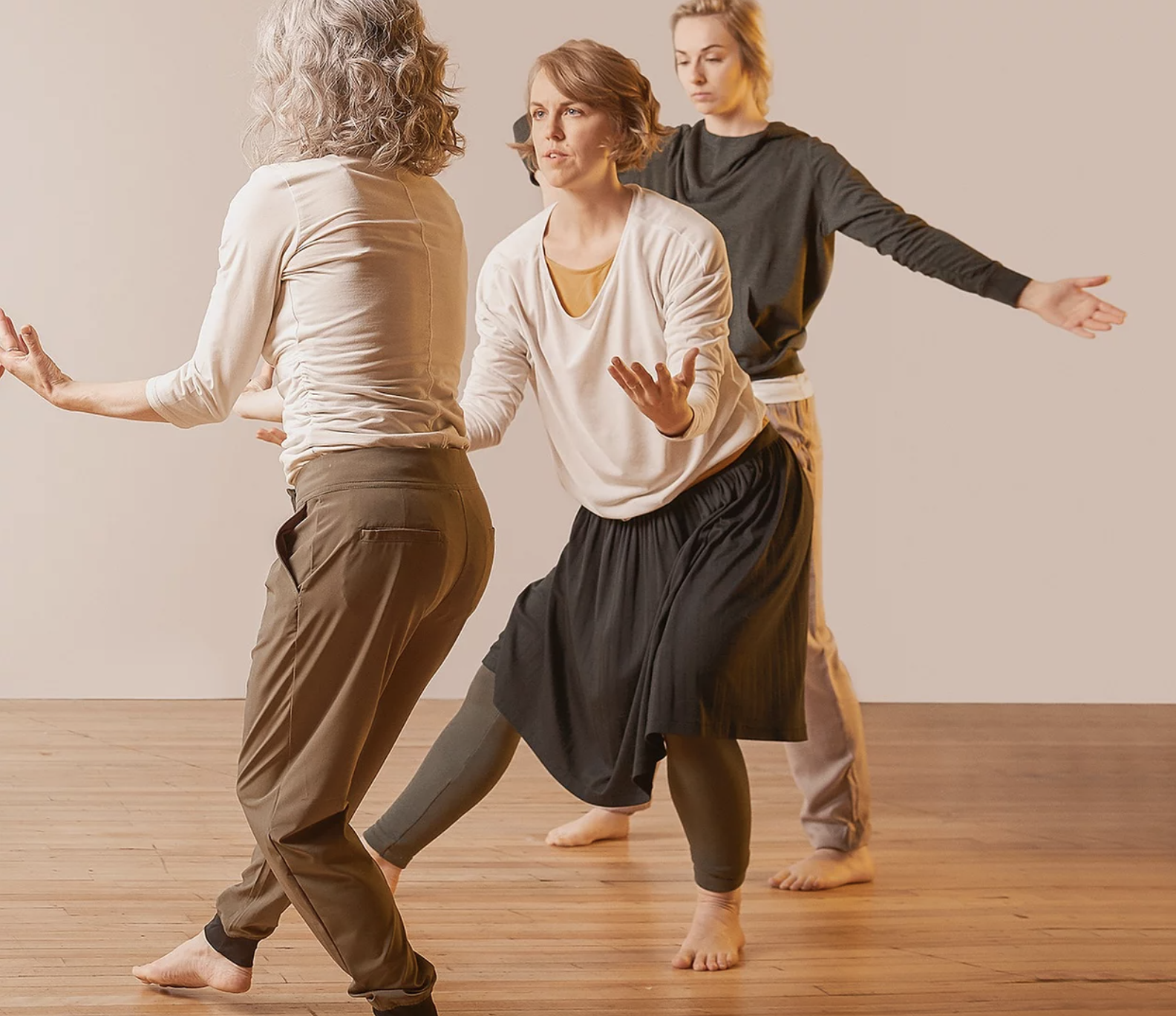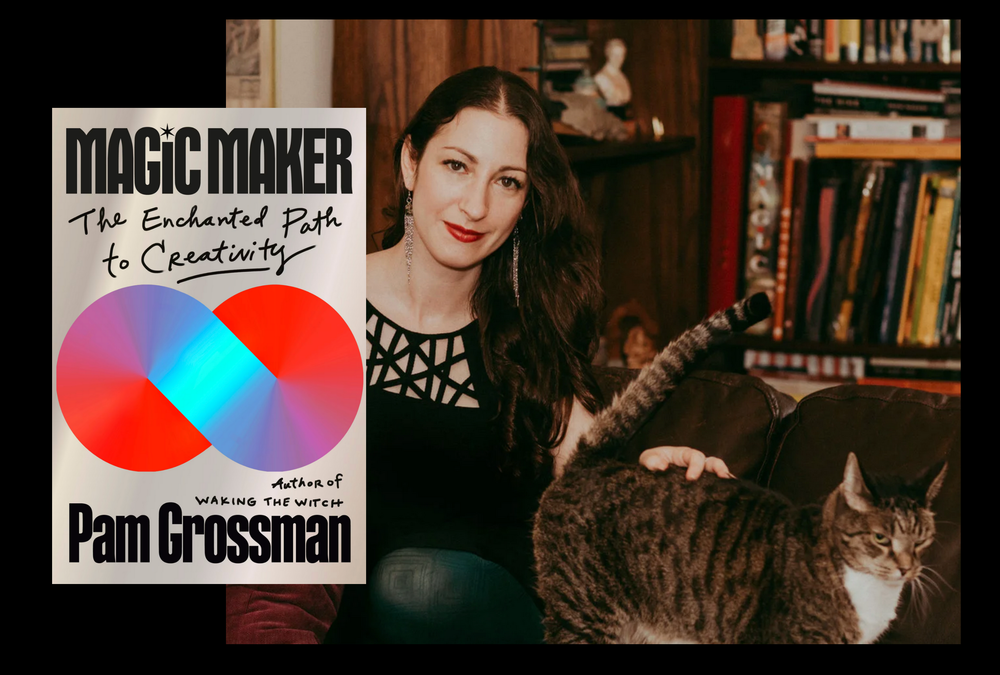For this full moon in July, I reached out to dance researcher Rebecca Barnstaple after seeing her incredible work presented at a virtual conference about dance and Parkinson’s. We watched videos of people regaining ease of movement when they listened to music; when they thought of the way they moved around a set of obstacles as dance. It was like watching magic in front of you: people imprisoned in stumbling bodies suddenly touched by a wave of grace.
It turned out Rebecca and I were already Facebook friends, but we don’t remember why.
We spoke of her work on dance, as well as her collaboration with a traditional South African indigenous healer called a Sangoma (who is also named Rebecca) and a neuroscientist deeply entangled in questions of how the mind maps dance, Joseph de Souza, who together had recently published ground breaking work showing previously undocumented changes to the brain in trance state.
Rebecca and Joe happened to be passing through Montreal and so they came up to the lake to swim and sit around a table in the woods with me to talk about their research. (I hope to speak with Rebecca the sangoma, someday soon. This conversation served as a perfect jumping off point, like stepping from the shallows into the deepest parts of the lake.)
We talked about the way each brain is a unique map of the world, and how we write on each other. “Meeting you today has changed my brain” said Joe. We talked about the knowledge in dance, and the power of “dreaming together” in Pow Wow. And we talked about why a history of colonialism is also a history of dances outlawed.
“Dance for me is epistemological and ontological: Dance Has Knowledge… Dance is a way that people have held onto their power and shared their power stories. In a history of oppression there’s good reason to tamp out dance. I’m very heartened by its return.” (Rebecca Barnstaple.)




